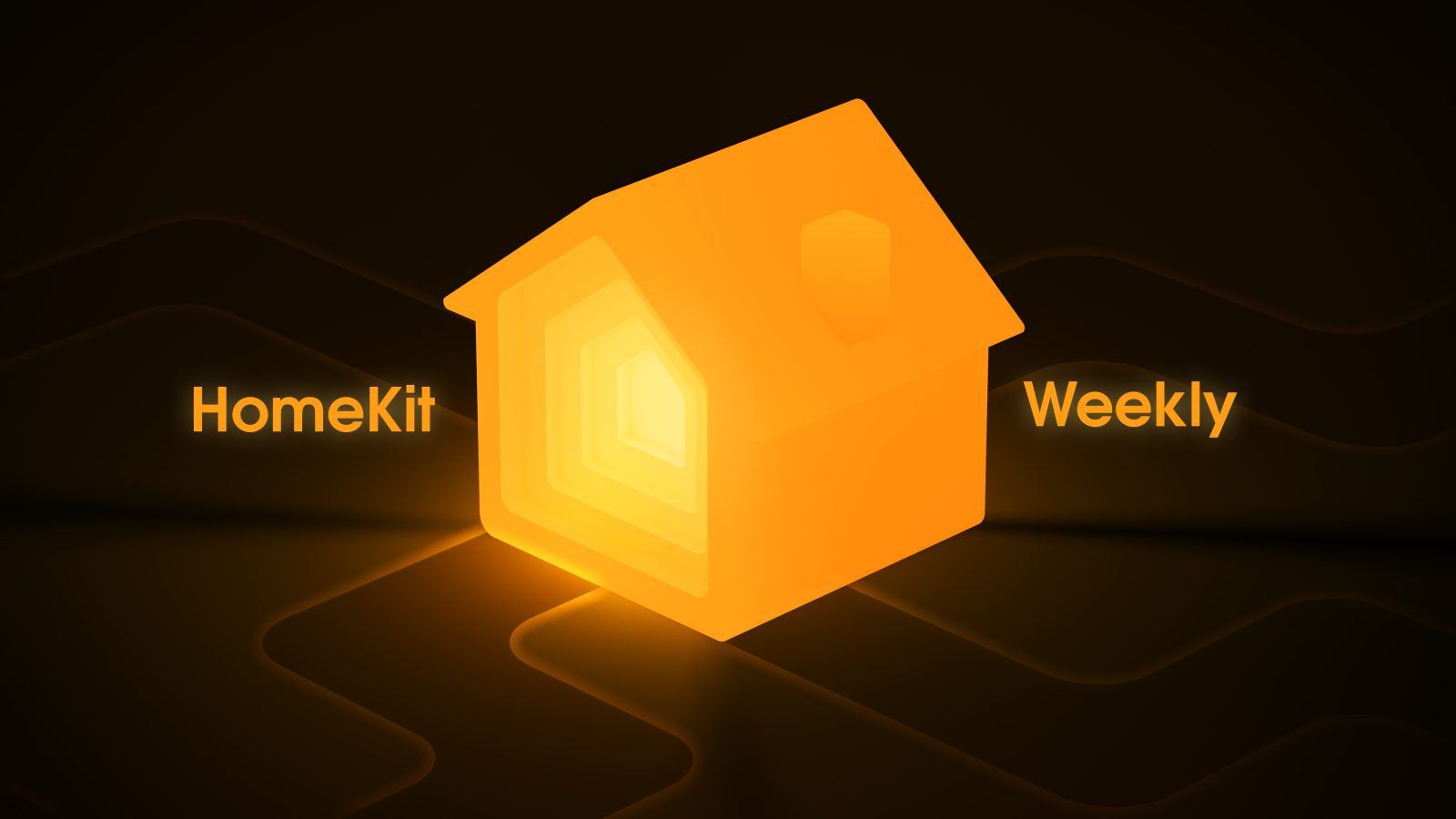
HomeKit Weekly is a series focused on smart home accessories, automation tips and tricks, and everything to do with Apple’s smart home framework.
This column is typically used to share recommendations and advice around using HomeKit, but this week I want to zoom out and talk specifically about why you should choose HomeKit.
There are a lot of “smart home” platforms on the market and plenty of connected accessories with iPhone apps, but I actively avoid products that don’t work with Siri. If you’re deep in the Apple product ecosystem, non-HomeKit smart home products can be a serious frustration.
Easy to learn smart home
That’s not to say that other smart home platforms aren’t great. I actively use Alexa with HomeKit which is something I’ll cover in a future installment, and I know there are smart home enthusiasts who swear by Zigbee, Z-Wave, and other smart home technologies.
Other smart home frameworks may be great, but I never need to master them with HomeKit which is relatively straightforward in comparison. These smart home accessories often work with their iPhone apps, but that’s where the benefits end without HomeKit.
One app to rule them all
Only HomeKit accessories work with the Home app. You can have a dozen smart accessories from different companies in a single app on your iPhone. For comparison, non-HomeKit products need to be controlled by their own app. This results in a folder full of different apps with different designs, different levels of active development, and different platform availability.
With HomeKit, each accessory can be controlled by the Home app on the iPhone, iPad, Apple Watch, or Mac. No non-HomeKit product has an app on each of those platforms. And with HomeKit, Siri is the universal remote for controlling smart home accessories from iPhone, iPad, Apple Watch, Apple TV, Mac, and HomePod.

Less troubleshooting
The point about app quality is an important one for users who don’t take joy in tinkering with settings and configurations. I recently wrote about a smart window A/C unit that works with HomeKit. Getting it up and running simply required connecting it to power and scanning its HomeKit code — no need to even install the manufacturer’s app, create an account, and fiddle with settings.
Another example of this is one of the smart locks that I use. The manufacturer’s app routinely logs out on its own and requires authenticating with my password to regain access, but HomeKit control has never failed for me through Siri and the Home app.
Hardware companies make the worst software.

Tried and tested
The difference in non-HomeKit smart home products and ones that work with Siri really struck me recently when a family member purchased a smart lock without HomeKit. It “works with Alexa” but there’s little utility in that. It can be opened from the iPhone, but only when you launch the manufacturer’s app.
HomeKit is still complex. You need to learn how to use the Home app, you need a hub for remote access and running automations (although a lot of people already have an Apple TV, HomePod, or iPad that stays at home). But once you overcome the learning curve, the benefits are way more consumer friendly if you use Apple products.
The last detail to consider is stability. Alexa support is really easy to deploy, but it’s also really easy to fall apart. I have a number of smart home accessories that are advertised to work with Alexa but simply don’t. They have “skills” that you can install, but they aren’t maintained and no one cares when they are broken. This has never happened with HomeKit for me, which is a difference in how support is implemented in the first place.

HomeKit first
The only exception to the “must have HomeKit” rule for me is smart home products that HomeKit doesn’t support. Washers and dryers, robot vacuums, and — for now — doorbells for example. I have smart appliances that work with iPhone but not HomeKit which is better than nothing, but I really hope HomeKit expands to these categories in the future. (Doorbells are technically a HomeKit category, but no vendor has decided to be first to market with a HomeKit doorbell camera yet.)
HomeKit categories may be more limited, but there are a lot of compatible products on the market. If you’re an iPhone user and you’re buying a smart home accessory, strongly consider HomeKit support as a top feature. The convenience is a reward that will long outlast spending a little more upfront if needed.
Catch up on earlier HomeKit Weekly entries below:
- Getting started with Apple’s Home app on iPhone, iPad, and Apple Watch
- Turning your old garage door into a Siri-controlled entrance
- Automating outdoor lights on and off based on sunset/sunrise and time
- Using hardware buttons to make smart lights familiar for guests and family
- Replacing your keys with Siri, Control Center, and automation
- Four ways to control cooling with fans and air conditioners
- Controlling smart shades with Siri, automation, and the Home app
- Comparing security camera options, features, and apps
Subscribe to 9to5Mac on YouTube for more Apple news:
FTC: We use income earning auto affiliate links. More.




Comments